Allergies
Allergies are enhanced reactions to certain substances in our environment, called allergens. Our body mistakenly takes them for bacteria and attacks them, producing symptoms called allergic reactions. Fevers, watery nose, sneezing, burning or itchy eyes can all be symptoms of some kind of different allergies. Symptoms may be easier or stronger depending on the time of the year.
Dust mite allergy is caused by particles of dust, usually in our house. Dust mites feed on tiny particles of our skin. The proteins in the dust mites attack respiratory passages, producing the symptoms of high fever, eczema, asthma, runny nose, difficulty to breath, watering eyes, etc. In case you are diagnosed by your doctor with dust mite allergy, various treatments, and therapies can be applied.
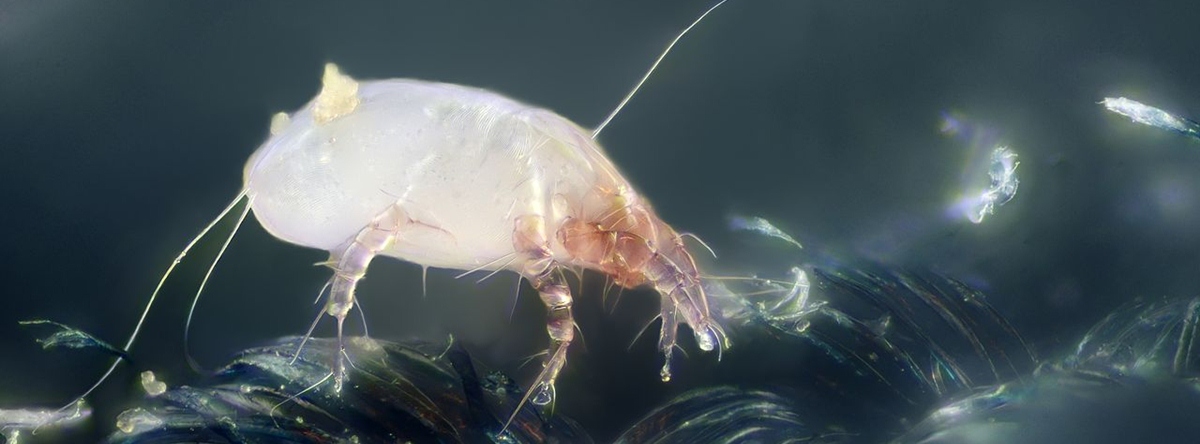
Treatments for Dust Mite Allergy
In cases of dust mite allergy, usual medicaments may be drops or nasal sprays, which reduce nose problems and nasal inflammations, pills or syrup of antihistamines which reduce high fever and allergic reactions by blocking histamine actions, or eye drops which help with eye inflammations.
If you do not want to use classic medical remedies, you can try some alternative approaches like homeopathic remedies. Homeopathic remedies are very effective, they do not have side effects, and they are safe to use. For dosage, instructions of use, and choice of homeopathic remedy for your case of dust mite allergy, you should consult your doctor or homeopathic expert.
- 242 people with asthma and positive results to skin prick test for house dust mite; 202 completed clinic based assessments, and 186 completed diary based assessments.
- After a four week baseline assessment, participants were randomised to receive oral homoeopathic immunotherapy or placebo and then assessed over 16 weeks with three clinic visits and diary assessments every other week.
- Clinic based assessments: forced expiratory volume in one second (FEV1), quality of life, and mood. Diary based assessments: morning and evening peak expiratory flow, visual analogue scale of severity of asthma, quality of life, and daily mood.
- There was no difference in most outcomes between placebo and homoeopathic immunotherapy. There was a different pattern of change over the trial for three of the diary assessments: morning peak expiratory flow (P=0.025), visual analogue scale (P=0.017), and mood (P=0.035). At week three there was significant deterioration for visual analogue scale (P=0.047) and mood (P=0.013) in the homoeopathic immunotherapy group compared with the placebo group. Any improvement in participants' asthma was independent of belief in complementary medicine.
There are other things you can do in your home to protect you and your family from dust mite allergies. You can put plastic wrap around your mattress and use synthetic pillows. Dust mites are mostly present in the bedroom, and plastic wrap for your mattress will prevent them from entering it. Also, although synthetic pillows won’t stop dust mites from entering them, you can wash them successfully. You should also use a bedspread, and take it down only when it is time for sleep.
Also, you should use rugs that can be easily washed instead of wall-to-wall ones, at temperatures high enough to kill all dust mites in them. Dust mites can not survive on dry and polished floors, so sometimes you may remove everything from your children’s bedroom floor.
In severe cases of dust mite allergy, you can protect yourself or members of your family with a mask, especially when you are vacuuming. Large quantities of dust mites are thrown into the air while vacuuming, and they stay there for several minutes. A simple mask that covers the mouth and nose called a mist or dust respirator can prevent allergens, such as dust mites, to reach your throat and lungs.
- www.drhomeo.com/homeopathic-treatment/homeopathic-treatment-dust-allergy/
- www.lybrate.com/topic/the-homeopathic-treatment-of-allergies/73c756757470c8d8bf9028adf102d5ff
- Photo courtesy of Gilles San Martin by Wikimedia Commons: commons.wikimedia.org/wiki/File:House_dust_mite_%28Dermatophagoides_pteronyssinus%29.jpg


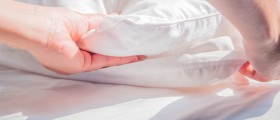




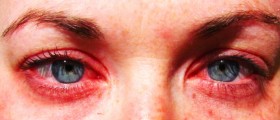
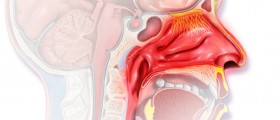

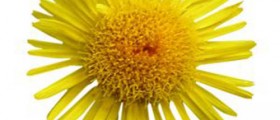



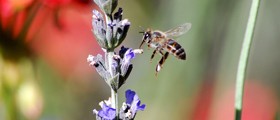
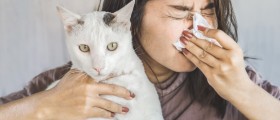

Your thoughts on this
Loading...